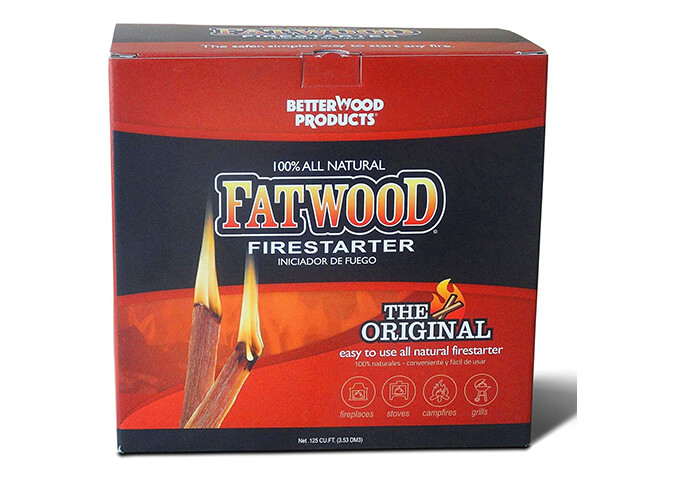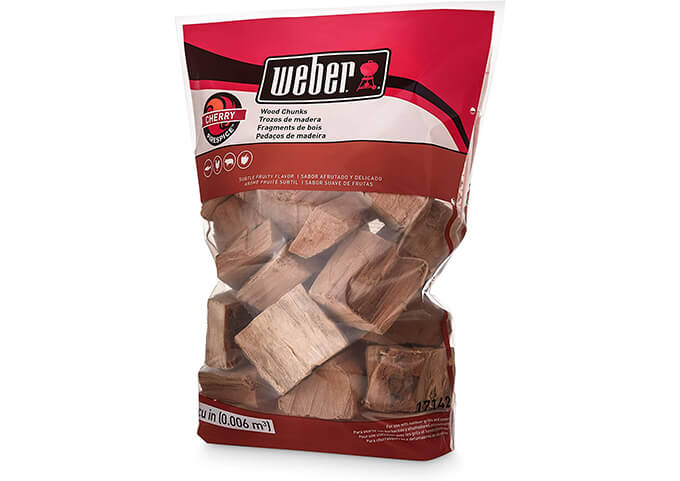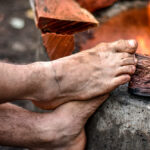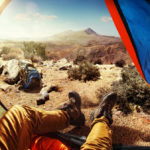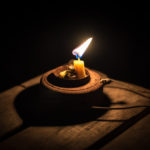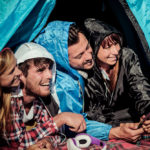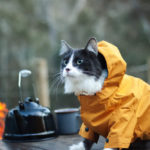It used to amaze me how my grandfather could keep a fire going for days straight without ever having to restart it. Of course, as kids, we just got used to the 24/7 campfire smouldering quietly during the day and transforming into a raging fire at night. But, almost like how you expect water to flow out of your tap when you turn the tap handle, we were always blessed with a fire that was always going.
As I grew up and became a camping enthusiast myself, I could never replicate that ‘never die’ campfire that Grandfather made until years later, after boy scouts, after my own camping and campervan trips. It was a trial and error and a sharing of methods from the people I met along my adventures. Below are some tips and techniques you can use if you’re struggling to get your campfire or fire pit going for long periods.
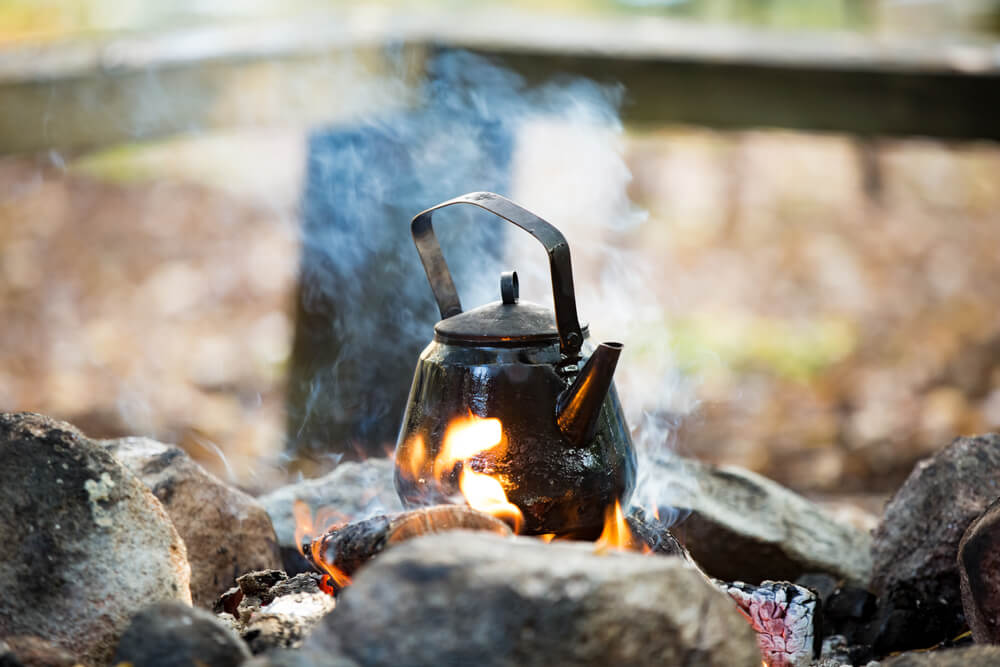
Prepare the fire bed
Clean the previous campfire out
First, let’s get down to business; if you have just arrived at a new campsite and there is an existing fire burning, you will need to clean it out. The used campfire will probably be filled with ash from the previous fire, so the first step is to dispose of all the used ash and debris into a metal bucket.
However, if you are creating a new campfire, in this scenario, all you would need to do is to make sure you have well maintained, preferably weather-protected, clean area to deploy your campfire.
Dry your fire bed before using it
Most used firepits are a source of water that has settled within its space; this is either due to the trench that the campfire has been dug out of or the rocks surrounding the firepit has trapped rainfall in it. Here, it’s best practice to make sure that the fire burning area is dry before you place your dry kindling and slow burning wood in it.
If you have a shovel, you can dig out the moisture, but as a last resort, you may need to find a new area to plough your campfire into if you don’t have the luxury of moving the campfire to a new location you may need to dry out the existing site as best you can with paper towels and cloth that can soak up the moisture.
Don’t forget the rocks
You don’t have to clean out the rocks, but you should look to find some to put in and around your campfire. It’s common to see a campfire with large stones surrounding the fire. This rock barrier keeps the burning wood and ash in place while acting as a weather protector.
Traditionally, rocks have been used as heat conductors within campfires to retain heat. You can add the rocks into the fire and not just use them around the diameter of the fire. Adding them slowly into the fire will keep the temperature of the coals and wood, which can lengthen the life of the campfire. Great, if you’re running out of firewood.
Protect your campfire pit from the elements
The rocks you have surrounded the campfire with should help protect the flames from the elements, but there is no reason to go above and beyond if you want to keep that fire bed going all night long and as an extra safety precaution.
There is nothing worse than a random powerful gust of wind putting your campfire out of action, so if it is possible, choose an area to place your campfire on a site with the least dramatic environmental changes. This can be done by using a windbreak, a wall of pine trees, a retaining wall or even on the baseline of a crevice. Make sure to have the campfire at least 5 meters away from anything flammable, like your camping tents and equipment.
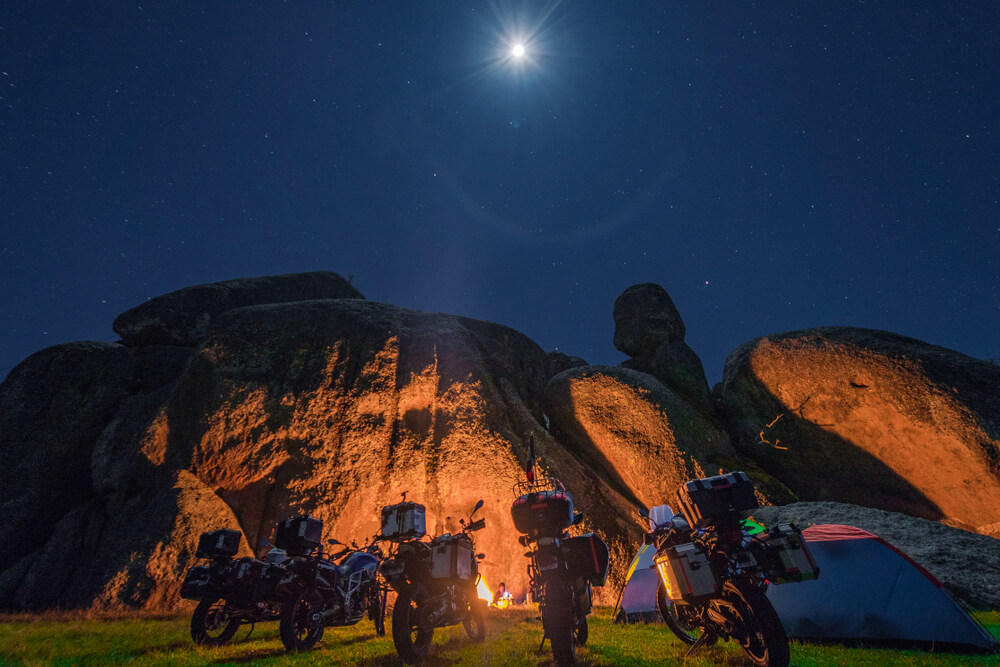
Gathering the fuel that will keep the fire going
Tinder and kindling
If you have ever seen the movie Cast Away, you would have remembered the iconic scene where Chuck (Tom Hanks) discovers fire. However, the fire didn’t start as a vast raging campfire with massive logs. Instead, I started with a slither of twigs and coconut husks. larger logs
So before you can get a blazing fire, you will have to seek some dry tinder and kindling. With kindling, you don’t need to be selective; twigs, bark and branches will suffice. Of course, if you find yourself in an environment with minimal thing twigs and kindling options, you can always look to shave good tinder logs down into the appropriate size.
Because kindling is such a vital ingredient to fire-starting, we recommend adding some firestarters to your camping checklist before your adventures. If your campfire is hit with bad weather or the fire dies out during the night, you’re going to need kindling and or firestarters to get it going again.
Check out our recommended items below for all products that we know will make starting and maintaining a campfire much easier.
Logs and the half inch rule
Small, medium, significant is the best way to visualise the natural progression of firewood size as its burnt throughout the lifespan of a campfire. You start small with the kindling, the medium sticks of firewood shape out the Tipi of the campfire design, and eventually, the small logs will sustain and keep the fire pit going all night.
So while you’re out gathering kindling, keep an eye out for dried large logs and come back to them. These logs will be the backbone of a campfire that will last a whole day if needed. A great tip for knowing how long a log will last is the one-inch rule. For every piece of wood or log that has a diameter over 6 inches, the burn time will be 1 hour. So a log with a 6-inch diameter will burn for 6 hours, a 7-inch diameter for 7 hours and so on. Make sure to carry a a few pieces of differing sizes for enough heat throughout the night.
Use dry firewood
If you burn wet wood with too much moisture, you may end up having an issue where the fire goes out before the logs start burning or worse yet, the fire does catch alight, and you assume everything is acceptable only to come back to a dead fire.
Water is absorbed by various woods (oak, maple, cherry, etc.). Even though it appears dry, there is a slight chance your firewood is most likely wet.
Dried wood must be used for a long, hot and successful fire, and it should also be used for the logs and kindling. The rule of thumb is to use wood with less than 20% moisture content, which should sustain a long fire throughout the night. If you haven’t brought firewood with you and have had to rustle up some wood or cut it down fresh, you will need to dry it out first. If you find yourself in a situation where it has been raining or snowing, it is still possible to find dried firewood in the form of an old standing tree that has died ‘en route’ or died standing up.
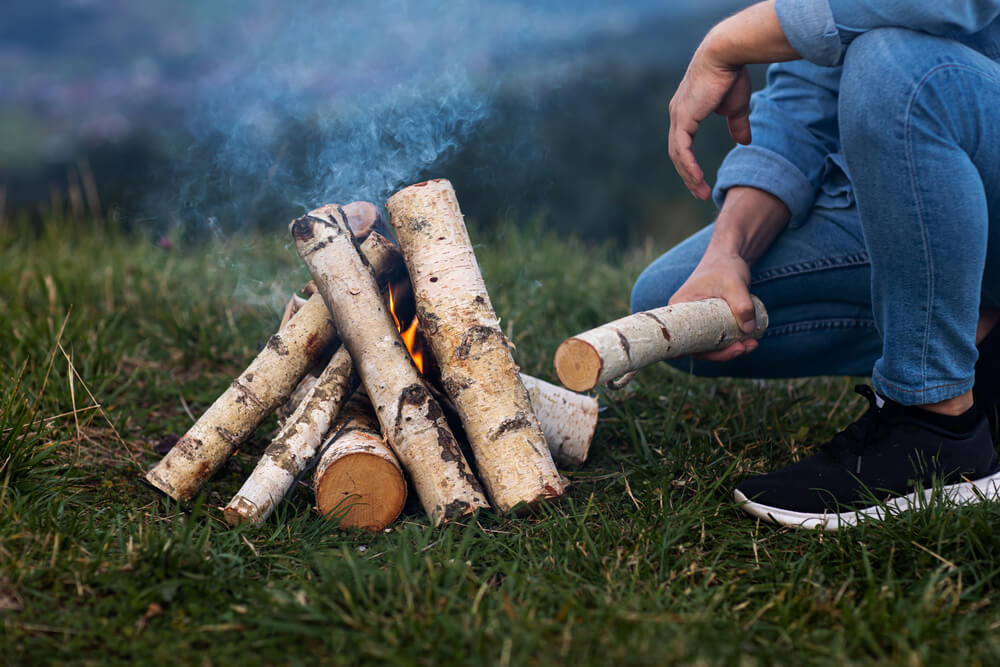
Shaping the fire pit for the long run
Mastering the tipi design
The success of your campfire is built from the base up. For the best and proven campfire design that will ensure your dry wood will burn hot, we recommend using a self feeding fire Tipi structure to shape out your campfire.
The shape that you want to achieve can be a tipi or tent, but you need to imagine the kindling and tinder as the people or residents inside the tent and the first layer of wood as the tipi or tent poles that hold everything up.
This design is one that most experience campers and survivalists go to because theouter layer will burn slower and protects the kindling while providing optimal ventilation.
As the kindling burns through, the outer layer of firewood will naturally fall into the centre of the campfire and catch fire. Thus providing a base of coals to start layering on larger logs of firewood.
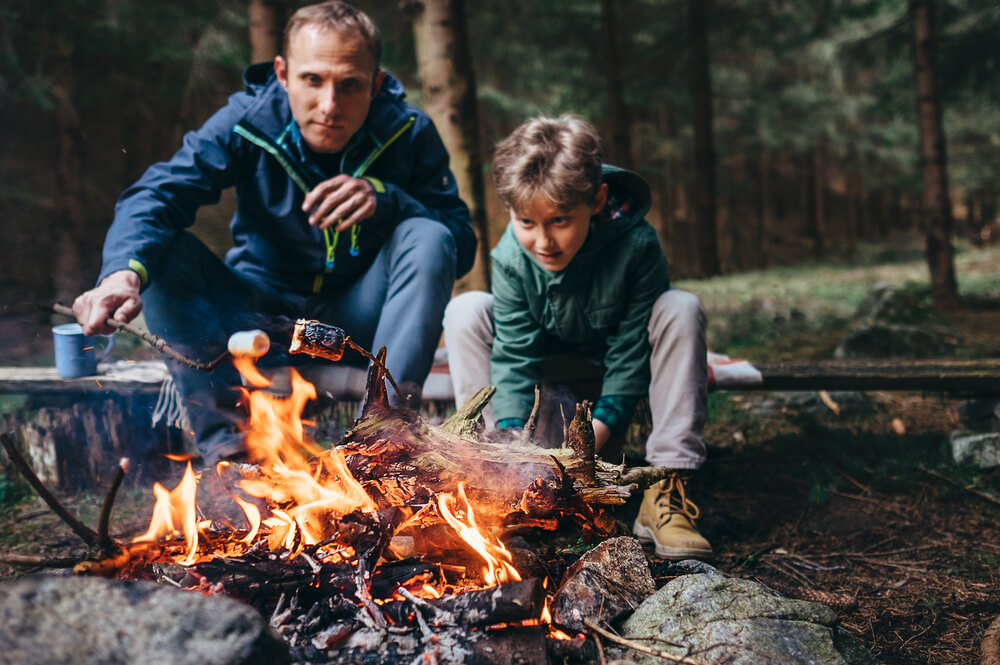
Use larger pieces of firewood
Now is when you can stack on those 6-inch diameter (preferably dried) large logs of wood. Don’t get too excited because you are close to getting a fire reliable enough to cook on.
You’re going to want to do this next step carefully so you don’t ruin all the hard campfire nurturing you have done so far. What you’re going to do is create a Tipi design with the dry twigs on the inside but two log or more on the outside. But not as steep and with fewer logs as well. You don’t want to extinguish the fire or cut off the air supply to the coals and flame.
The underlying fire should completely dry out and eventually light the big logs. You can manually move more wood closer to the base of the fire. We like this method rather than the top-down method in which the logs are laid down first and the kindling is on top.
The Tipi design protects the most critical asset of the campfire, and that is the kindling and coal while providing excellent airflow.
Now that you know how to keep a fire pit going.
So the saying goes, anyone can start a fireplace fire with relative ease, but only the experts know how to keep one going. Once your campfire is up and running, it should only require basic maintenance and care.
Keep an eye out on the weather and protect your fire roaring with a weather shield. Keep flammable items and objects over 5 meters away from your fire and don’t go overboard. Most importantly, as your fire burns remember to enjoy your time out there in the fresh air.
What we recommend
Natural Pine Firestarter (1 Pack) for Campfire, BBQ, or Pellet wood burning stoves
BetterWood
Product Summary
The Fatwood firestarters are safe, non-toxic, 100 percent all-natural firestarter made from natural pine stump resin. The firestarters are harvested from logging waste, no live nor endangered tree species.
Best Features
Cherry Chunks 4 Pounds Of Natural Wood Starters for fireplace fire
Weber
Product Summary
These Weber Wood chunks give out hints of sweet apple and are great for adding wood smoke flavor to foods, or they can be the perfect alternative to charcoal briquettes for more heat for grilling.

